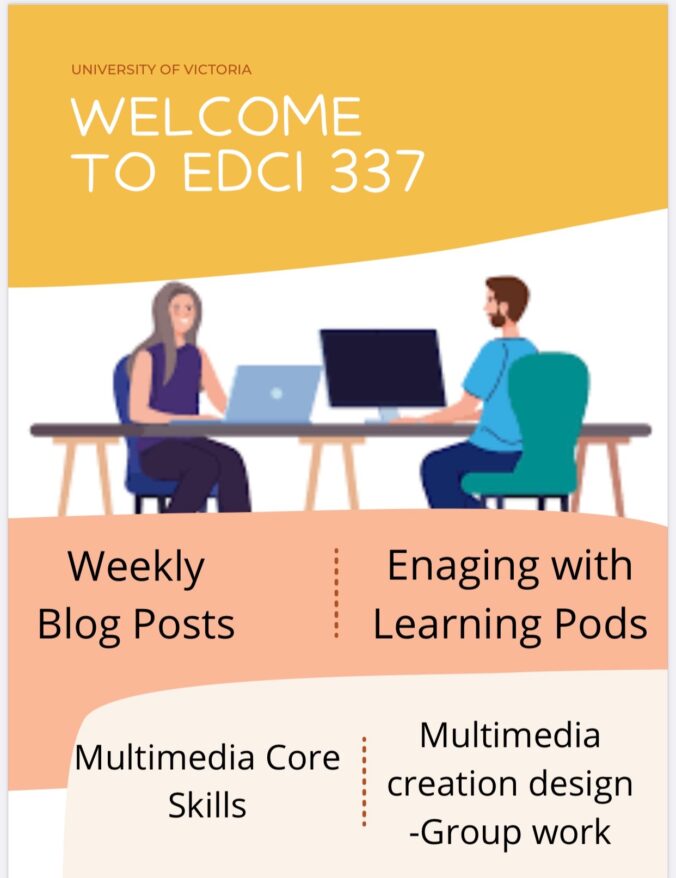Establishing the differences between active and passive learning is important understand as a teacher. To me, passive learning is the lesson. When a teacher is explaining and demonstrating material, the students are passive learning. They are lessoning to the information but might not understand. But how would a teacher know if a student does not understand? Through active learning. After the passive learning, students should be encouraged to participate in an active learning activity. This could be hands on, discussions, or any way to test their how they have comprehend the material. This is beneficial because it allows the students to practice what they recently learned. The teacher can get an understanding of who understands and who may need extra help to reach the learning outcome.
I learn best from visually seeing an explanation. This video shows how beneficial active learning can be when studying. I wish I had this information when I first started university. When I first start studying, I was passive studying. I would read the text book and lecture notes to find key words to memorize. Unfortunately, I did not know how to apply the concepts. This is because I did not actively learn or study. Now, I am able to passive learn, then extend my learning to active by reflecting and testing my self.
References
MooMoo Math and Science. 2017. Difference active and passive studying. Youtube.




